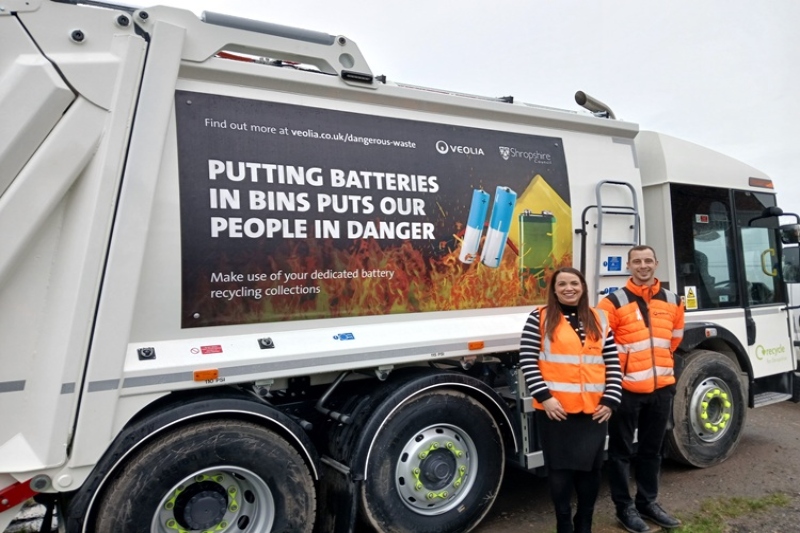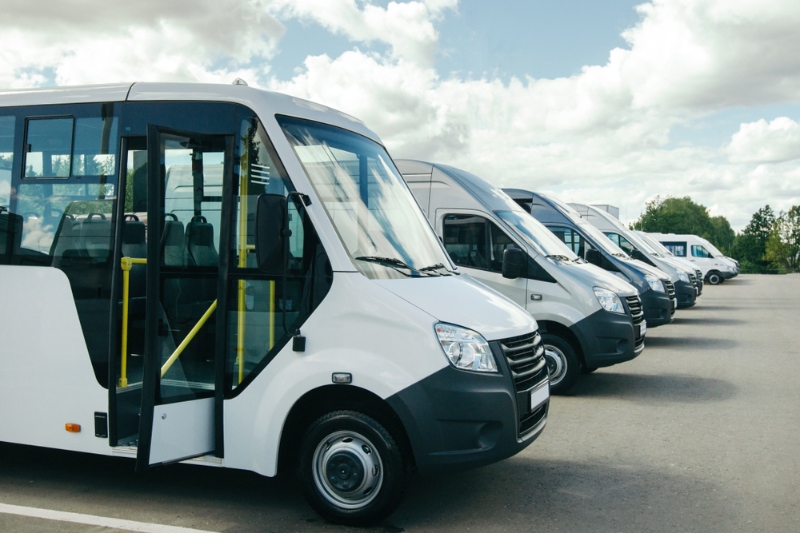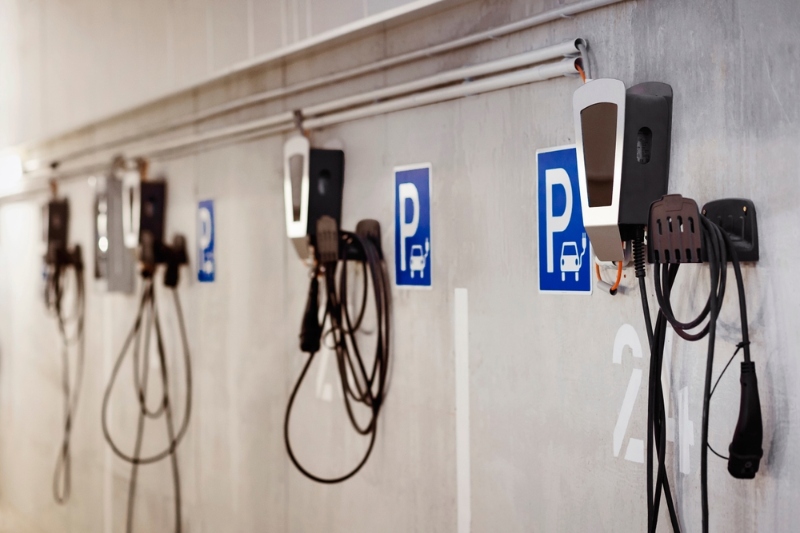The introduction of Euro V and VI emissions standards for vehicle engines, the emergence of Clean Air Zones and Air Quality Improvement Plans, and a target to phase out petrol and diesel vehicles by 2040 has led to an intensified focus on electric and other alternative fuels.
The public sector is in many areas leading the way, and half of all councils in the UK (around 200) have signed the Climate Emergency declaration committing them to reduce carbon emissions locally. There has been a marked shift over the past six months, and the appetite for electric municipal vehicle fleets amongst local authorities is growing fast. These days it is rare to see a local authority fleet tender specification that does not mention or require a response regarding the viability of alternatively-fueled vehicles. Predictably there are hotspots of interest in cities and urban environments, but there is also an upturn in interest from more rurally-based clients. For example, we recently delivered several electric vans to Hambleton District Council in North Yorkshire and the council has a vision of running a 100% electric fleet in the future.
Councils are therefore asking organisations such as SFS for recommendations for solutions that are realistic and deliverable. Our approach is to look at the total vehicle requirement and, where it makes practical and commercial sense, include a proportion of electric vehicles. It may also include specialist assets such as sweepers and grounds maintenance equipment, but primarily it is the van and car market place where there the broadest range of practical electric solutions is available.
For most of these options, one key consideration is that lead times are longer on the popular models than their diesel or petrol equivalents, with large fleet users pre-ordering the entire production output from certain manufacturers for several months. Production limitations will, however, be temporary and there will be a tipping point, especially with over 40 new models of electric cars and vans timetabled for introduction over the next two years. With such a large number of options on the horizon, at present, our advice is to procure an electric solution when you are confident that it will meet your full operational requirements. Do not just take what's currently available and hope for the best. It is likely to lead to a disappointing outcome.
To continue reading this interview please go to the Winter 2020 issue. You can also subscribe to LAPV absolutely free by clicking here.







